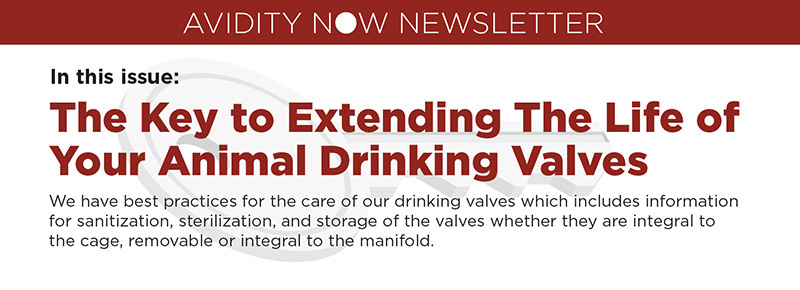We use cookies to make your experience better. To comply with the new e-Privacy directive, we need to ask for your consent to set the cookies Learn more.
The Hydropac® AWS-2500 Pouch Machine delivers high quality animal water pouches time after time. It has been designed so the operator can run a quick and easy test to verify the quality of the pouches that will be run during production. Using this test and taking a few moments to inspect the results is a best practice proven to lead to consistently great Hydropac pouches.
Microbial growth in drinking water is nearly impossible to completely overcome, but it can be controlled. This Now Newsletter article provides insight into how to keep bacterial colonization in check within a water delivery system.
The Hydropac silicone patch is a self-sealing patch engineered to facilitate liquid injection of chemicals or drugs compatible with the Hydropac pouch and valve.
One of the many benefits of using the Hydropac pouch for individual cage watering is the ability to store greater volumes of ready to use animal watering in less space. Up to 30 flexible and compact filled water pouches can be stored in polypropylene tote containers while maintaining water quality. Each translucent tote container can be securely stacked to provide...
To eliminate the gap between pipe lengths, a rubber seal may be used to bridge the pipe - removing the dead spaces in between. Edstrom Clean Joint™ piping systems apply this principle to inhibit biofilm growth. Clean joint connections utilize an L-shaped rubber seal between pipes to provide a smooth internal profile.
Many biomedical facilities have chosen to employ Continuous Dosing of acidified or chlorinated water to moderate pathogenic organisms, promoting better animal health and research integrity.

From time to time we are asked to provide information on which bedding produces the lowest incidence of compromising the functionality of the animal drinking valve.
Here is our reply.
The most important aspects of any contact bedding material utilized in solid bottom cages should be focused on a particle:
* Could readily be controlled if the bedding material is autoclaved prior to being utilized

What are the most common water contaminants? Avidity Science Drinking Valves are made from autoclavable 316 stainless steel and silicone rubber components, materials renowned for their resistance to chlorinated or acidified water found in animal watering systems. We have best practices for the care of our drinking valves which includes information for sanitization, sterilization, and storage of the valves whether they are integral to the cage, removable or integral to the manifold. These guidelines are key to extending the life of your drinking valves.